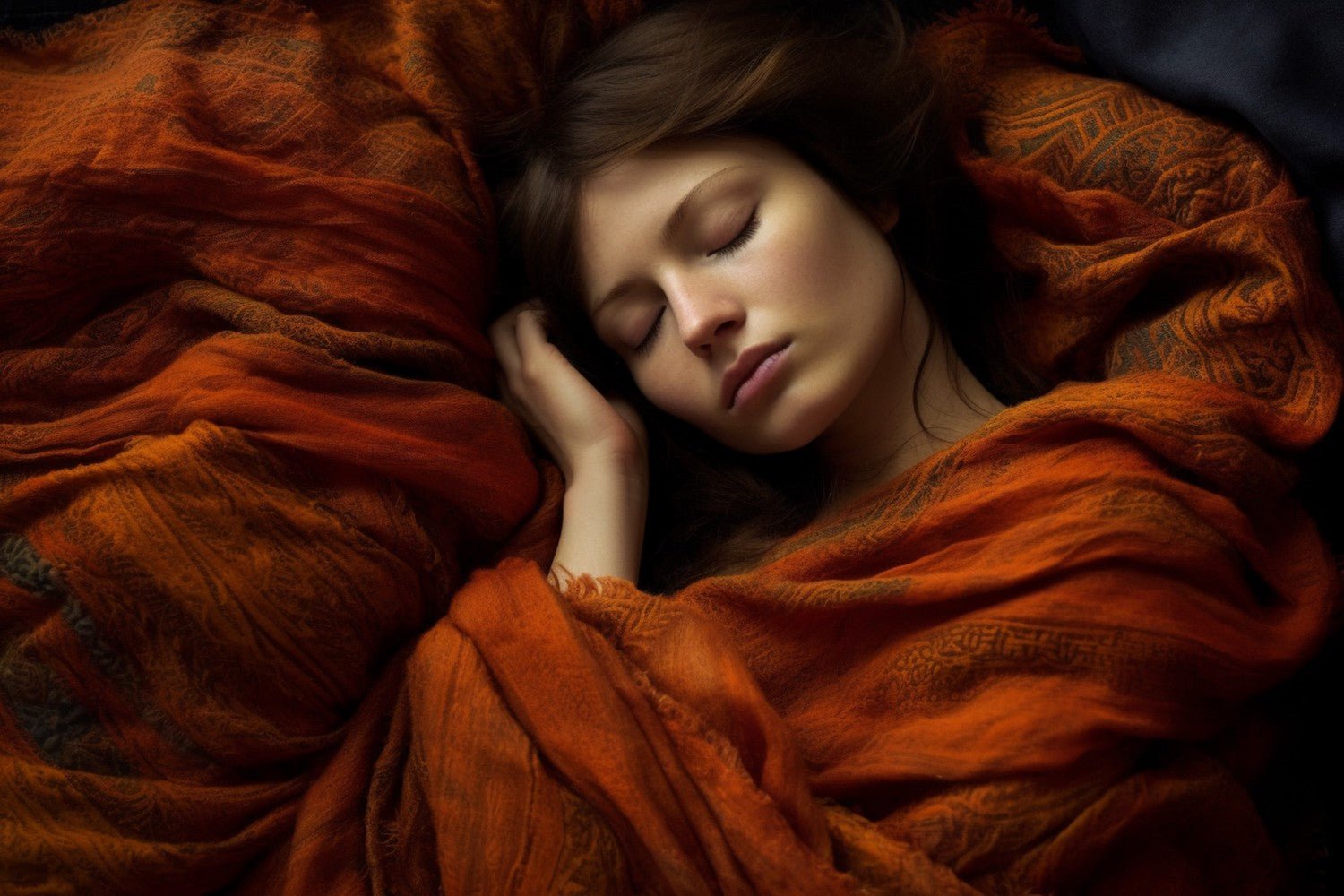How Red and Infrared Light Therapy Can Help You Sleep Better Tonight

In today’s fast-paced world, quality sleep is more elusive than ever. With stress, screen time, and hectic schedules disrupting our natural sleep cycles, finding effective solutions to improve sleep is crucial. Enter red and infrared light therapy, an innovative approach gaining recognition for its ability to enhance sleep quality. This non-invasive treatment leverages the power of light to regulate sleep patterns, offering a natural way to achieve restful nights. Let's explore how red and infrared light therapy can help you sleep better tonight.
The Benefits of Red and Infrared Light Therapy for Sleep
How It Works
Red and infrared light therapy involves exposing the body to low-level wavelengths of red and near-infrared light. This light penetrates the skin, reaching deep tissues and cells, promoting various health benefits, including improved sleep. Here’s how it can help:
-
Regulating Circadian Rhythms:
- Exposure to red and infrared light can help regulate your circadian rhythms—the body’s internal clock that dictates sleep-wake cycles. Properly timed light exposure can signal your brain to wind down for sleep or wake up, aligning your sleep schedule with your lifestyle.
-
Melatonin Production:
- Red light therapy can stimulate the production of melatonin, the hormone responsible for sleep. Increased melatonin levels help you fall asleep faster and enjoy deeper, more restorative sleep.
-
Reducing Sleep Disorders:
- Studies have shown that red light therapy can reduce symptoms of sleep disorders such as insomnia, helping individuals achieve more consistent sleep patterns.
Scientific Support
Research supports the efficacy of red and infrared light therapy for sleep improvement. A study published in the Journal of Athletic Training found that athletes exposed to red light therapy experienced better sleep quality and enhanced melatonin levels. Another study in the Journal of Nature and Science of Sleep highlighted that participants using red light therapy reported significant improvements in sleep duration and quality.
Personal Stories of Success
Sarah’s Experience
Sarah, a 35-year-old marketing executive, struggled with insomnia for years. After incorporating red light therapy into her nightly routine, she noticed a dramatic improvement. "I used to toss and turn for hours," she says. "Now, I fall asleep quickly and wake up feeling refreshed. It’s been life-changing."
Tom’s Journey
Tom, a 28-year-old athlete, used red light therapy to combat jet lag and disrupted sleep patterns due to travel. "Red light therapy helped reset my internal clock," Tom explains. "I sleep better and feel more energized during the day."
Recommended Red Light Therapy Devices
For those interested in trying red and infrared light therapy, here are some top-rated devices:
-
Handheld Devices:
- Ideal for targeted treatment, these portable options are great for travel and convenience.
-
Full-Body LED Light Beds:
- For comprehensive benefits, a full-body red and infrared LED light bed is the best choice. These beds provide extensive coverage, ensuring that your entire body benefits from the therapeutic light, promoting overall relaxation and sleep improvement.
-
Light Panels:
- Versatile and effective, light panels can be used while reading or unwinding before bed, offering flexibility in your routine.
Conclusion
Red and infrared light therapy presents a promising solution for those seeking better sleep. By regulating circadian rhythms, boosting melatonin production, and reducing sleep disorders, this therapy offers a natural, non-invasive way to enhance your sleep quality. Whether you choose a handheld device or invest in a full-body LED light bed, incorporating red and infrared light therapy into your nightly routine could be the key to achieving restful, rejuvenating sleep. Don't wait—experience the transformative benefits of red and infrared light therapy tonight and wake up to a brighter, more energized tomorrow.






